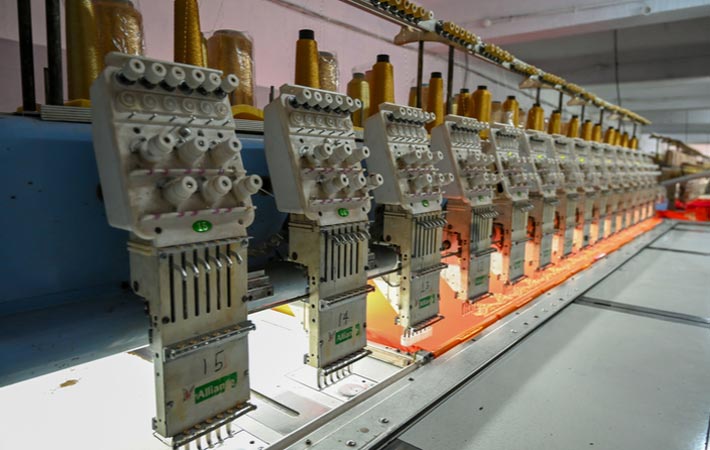
The current condition index improved to 66.1 from 62.6 in the last survey, while the expectations index improved to 68.4 from 64.5, FICCI said in a press release.
The survey, conducted during April 2022, gauges the respondents' expectations for the period April to September 2022. Participants belong to a wide array of business sectors.
The findings reflect improved confidence amongst industry members in the near term on some operational parameters, including sales and investments. For instance, the proportion of respondents anticipating better sales prospects over the near term stood at 62 per cent in the current survey –higher than 50 per cent in the previous round.
As reflected in the latest survey results, the demand situation is progressively witnessing an improvement. In the current survey round, 46 per cent of the participants cited weak demand as a constraining factor vis-a-vis 60 per cent stating likewise in the previous round and about 70 per cent citing the same last year.
Further, the investment outlook of participating companies has also reported a discernible improvement.
However, escalating raw material prices amidst the ongoing geopolitical tensions are weighing heavy on the near-term outlook for profits. As a result, the percentage of participants citing higher profits over the next six months declined to 22 per cent in the latest survey from 30 per cent of respondents in the previous round.
The geopolitical stress is causing considerable uncertainty. The Russia Ukraine conflict impacts already high global commodity prices and has raised fresh concerns regarding global recovery. Moreover, the cost of production has already been on the rise for the past six months, and the current conflict has further raised upside pressures on the prices of key industrial inputs, the FICCI report said.
About 84 per cent of the participating companies stated higher raw material costs as a significant impediment to their businesses in the present survey. The figure was 82 per cent in the previous round.
Further, 48 per cent of respondents said that they had witnessed an increase in their cost of production by a margin greater than 10 per cent. On the other hand, about 43 per cent pointed to an increase between 5 per cent and 10 per cent. Nine per cent of respondents stated a rise in production cost by up to 5 per cent.
The participants underscored the increasing difficulties in enduring the rising cost pressures; the same is being passed on to the consumers. Seventy-seven per cent of the participants acknowledged the passage of higher costs to the consumers.
Amongst companies passing on the part of the increase in their overall costs to consumers, around 57 per cent said that they had passed over 10 per cent of the increased costs on to the final consumers. Twenty-two per cent of the respondents reported they had passed on over 20 per cent of the rise in costs to their consumers.
However, about 43 per cent of the participants said that they had only passed on less than 10 per cent of the increased cost to their customers. The corresponding number about two quarters back was 66 per cent.
The outlook on exports also reported a slight deterioration. In the latest survey, 34 per cent of respondents said they foresee 'higher to much higher' exports over the next two quarters. However, this number was two notches lower than the corresponding 36 per cent seen in the previous round. Even though India's export prospects have been robust, global trade is expected to witness a slowdown given the extended nature of the ongoing conflict between Russia and Ukraine.
Fibre2Fashion News Desk (DS)